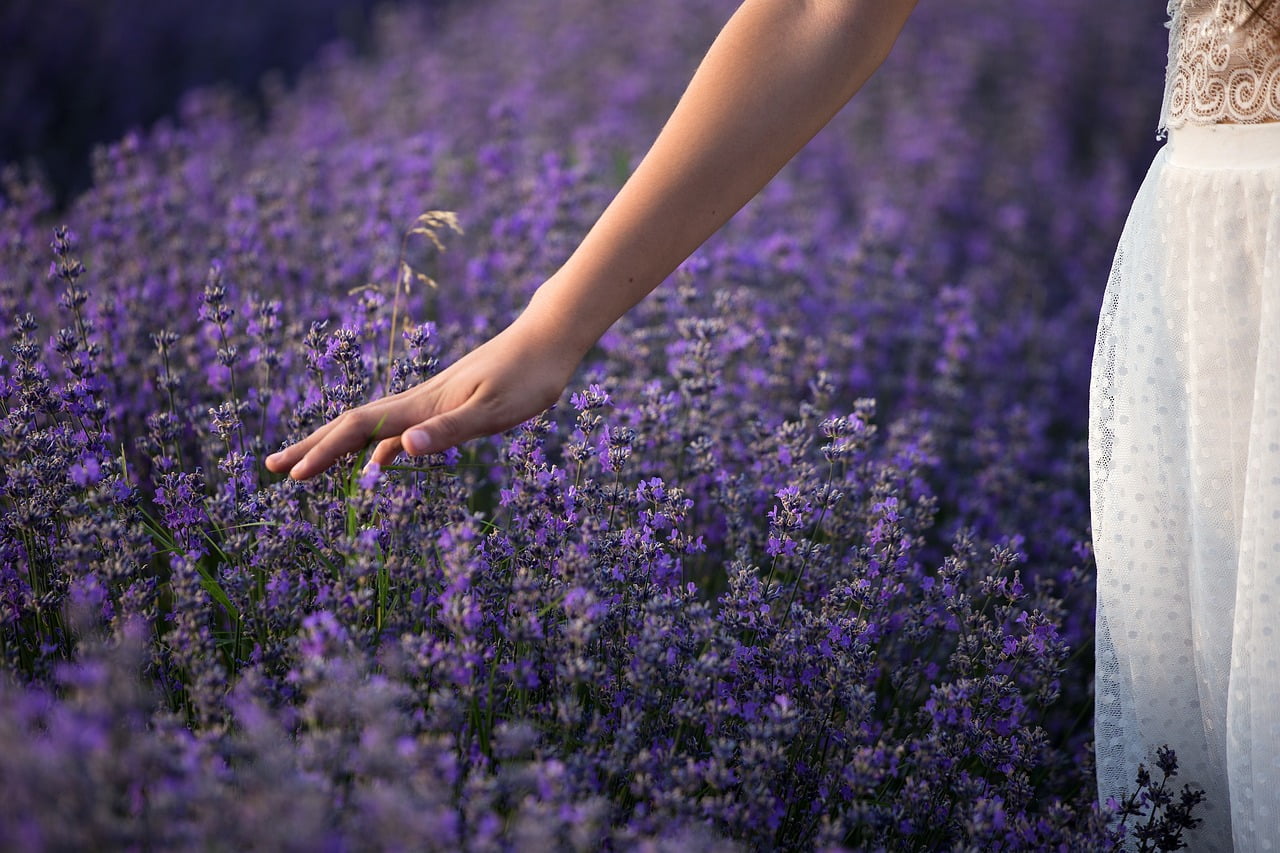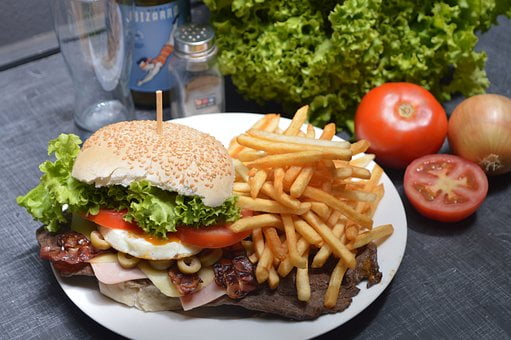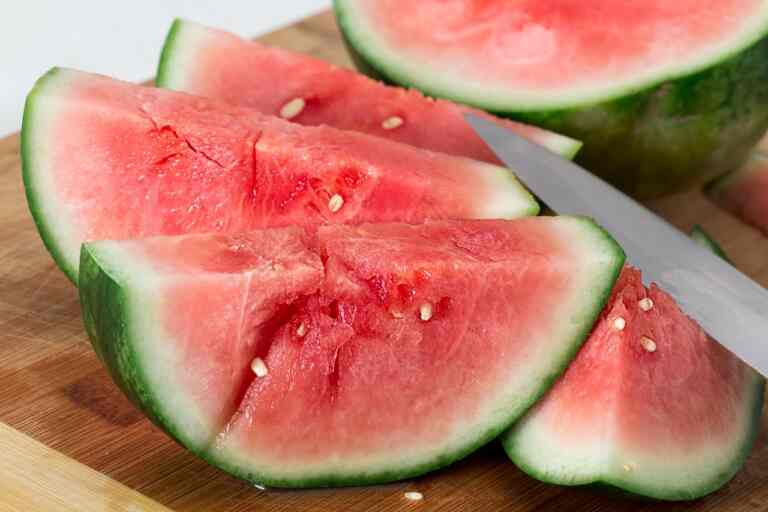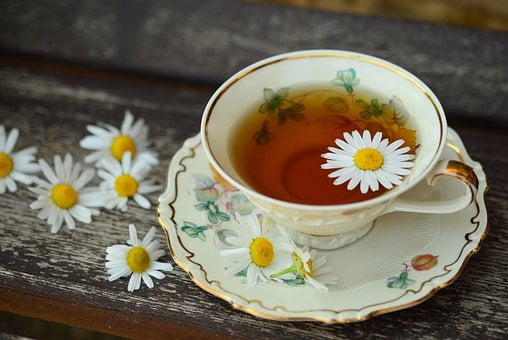Can we eat lavender flowers?
Can we eat lavender flowers? In the world of culinary arts, experimentation knows no bounds. From exotic fruits to rare spices, chefs and home cooks alike are constantly seeking new flavors to tantalize the taste buds. One such unique and intriguing addition to the culinary scene is the delicate lavender flower. Known primarily for its soothing fragrance and its association with relaxation, lavender has recently found its way into kitchens, sparking a debate – can we eat lavender flowers?
Table of Contents
ToggleThe Beauty and Aroma of Lavender
Lavender in the Kitchen
The Future of Lavender in Culinary Arts
As culinary trends evolve, so does the creative use of lavender. Mixologists are experimenting with lavender-infused cocktails, adding a sophisticated twist to classic drinks. Bakers are incorporating lavender into bread, scones, and even savory pastries, surprising taste buds with its unique flavor profile.
In the ever-expanding world of gastronomy, lavender’s journey from the garden to the plate continues to captivate chefs, food enthusiasts, and health-conscious individuals alike. Its delicate taste, therapeutic properties, and cultural significance make it a truly remarkable ingredient, reminding us that the culinary arts are as much about creativity and experimentation as they are about tradition and history.
So, the next time you catch a whiff of lavender in the air, let it inspire your culinary adventures and creative endeavors. Whether you’re baking a lavender-infused cake, crafting a fragrant sachet, or simply enjoying a cup of lavender tea, you’re not just experiencing a flavor or aroma—you’re immersing yourself in a rich tapestry of history, culture, and innovation, one lavender petal at a time.
Exploring Lavender’s Flavor
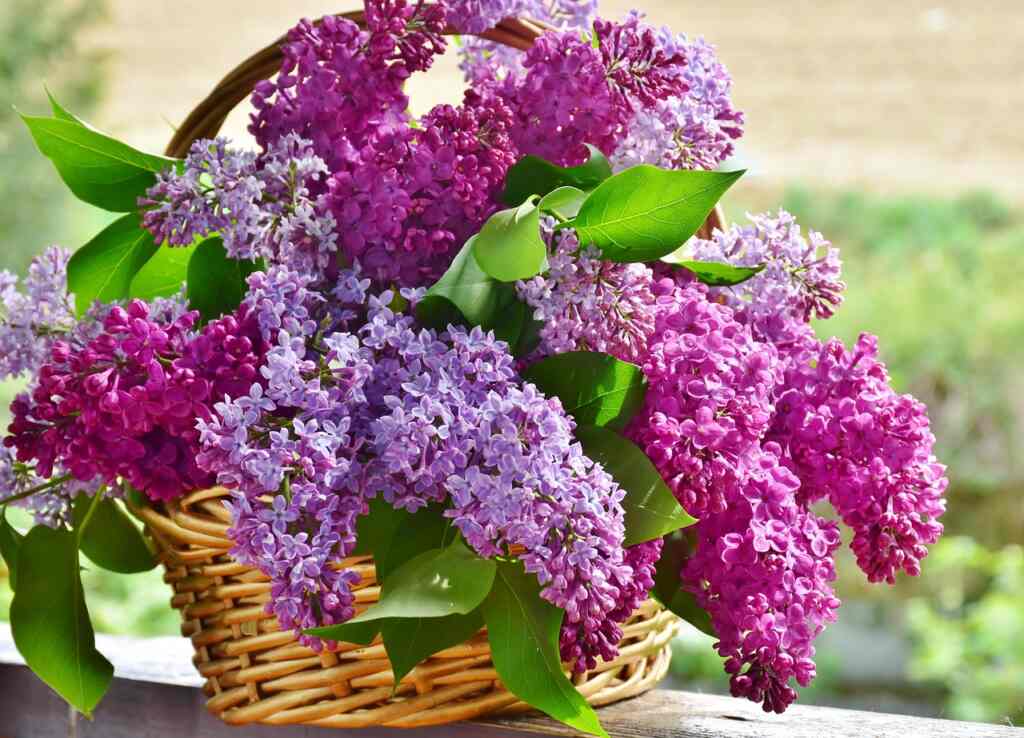
Lavender in the Garden: Cultivation and Sustainability
For those with green thumbs, cultivating lavender can be a rewarding experience. Lavender plants thrive in well-drained soil and plenty of sunlight, making them a resilient choice for gardens. What’s more, lavender’s strong fragrance acts as a natural deterrent for pests, making it an eco-friendly addition to any garden.
From a sustainability standpoint, lavender is a relatively low-maintenance crop. Its hardiness means it requires fewer pesticides and chemicals, promoting environmentally friendly farming practices. Additionally, the flowers are often used in natural beauty products, reducing the demand for synthetic fragrances and chemicals in the beauty industry.
Benefits and Cautions
Culinary Lavender in Everyday Life
Conclusion: A Delicate Addition to Culinary Artistry
In conclusion, the question of whether we can eat lavender flowers is met with a resounding yes, albeit with caution. As with any culinary experimentation, understanding the ingredient and its appropriate usage is essential. Lavender, with its exquisite flavor and enchanting aroma, offers a distinctive culinary experience that transforms ordinary recipes into extraordinary creations.
So, the next time you embark on a culinary adventure, don’t hesitate to sprinkle a few lavender flowers into your recipe. Embrace the unique, savor the delicate flavor, and let the culinary world continue to surprise and delight your senses.
This article is reviewed by Russel, before publishing. If you have any doubt, you can contact us or consult with your nearby doctor. Remember, in medical matters, there is no same advice, cure, and medicine for all.

